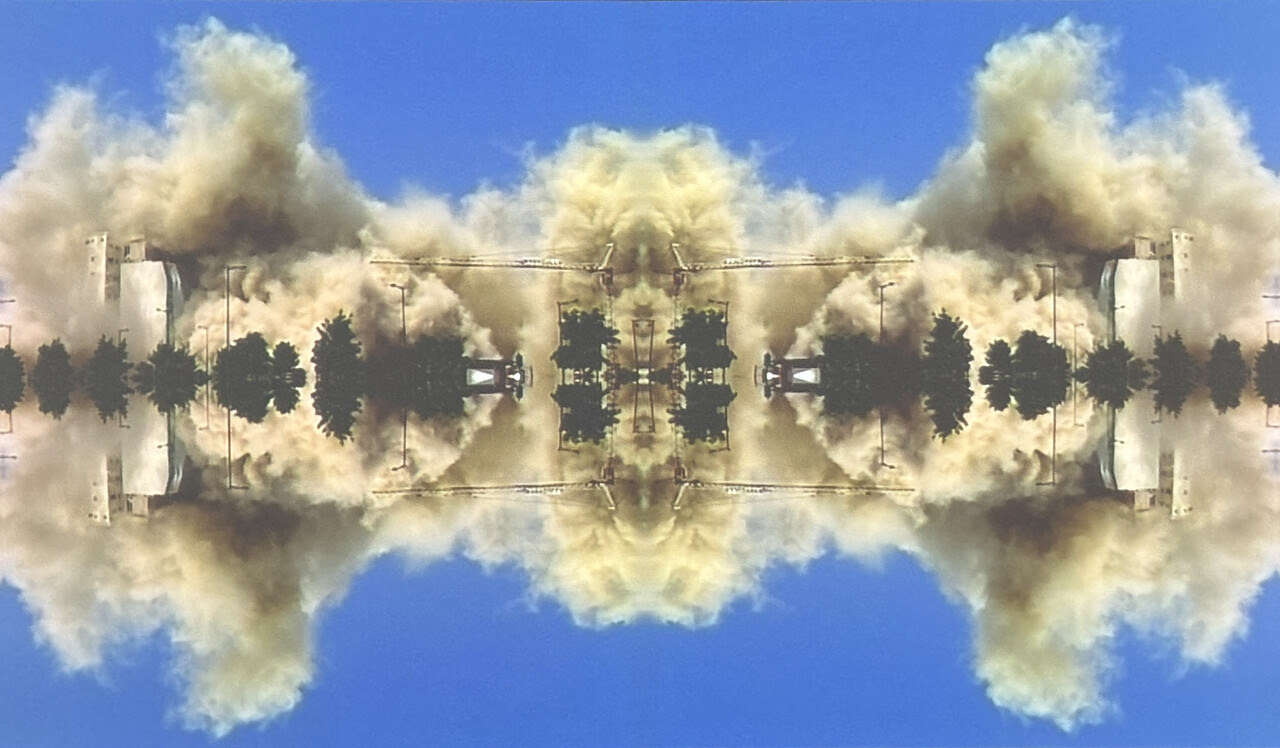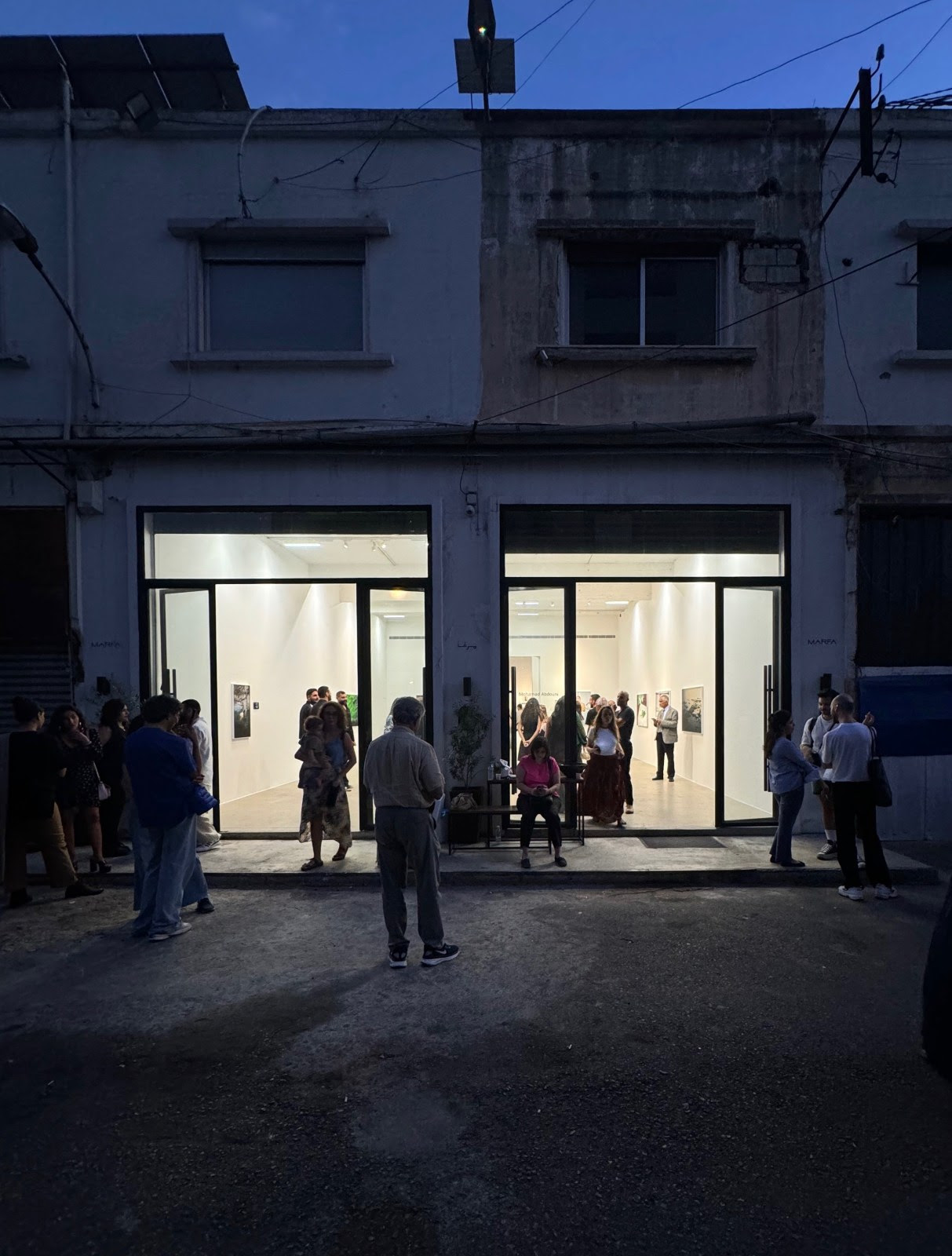Beirut’s Art Spaces Contend with Impacts of War
By HG Masters

WALID RAAD, Sweet Talk: Commissions (Beirut) – Solidere 1994-1997, 1994-1997/2019, multichannel video, color, silent: 310 min. Courtesy Sfeir-Semler, Beirut/Hamburg.
Lebanon is known for its resilience, having recently endured the economic collapse of 2019 and the port explosion of August 2020, but the Israeli military’s aggressive military campaign of recent months has sent much of the economy and daily life into deep chaos and paralysis. Yet on October 22, leading contemporary art gallery Sfeir-Semler announced that it would reopen its branch in the Karantina port area from 10am to 3pm, Monday, Wednesday, and Friday, “despite the continuous Israeli bombings.” Its downtown branch, the gallery’s announcement noted, would remain closed.
Three days later, Marfa’ gallery, located near the port, also stated that beginning next week, from Tuesday to Friday, it would also be open to visitors from 10am to 3pm. The announcements come after more than one month of heavy night-time bombardments of the city, particularly its southern neighborhoods adjacent to the airport where Israel has targeted Hezbollah leaders.
With Israel’s bombs having wrecked more than 3,600 buildings countrywide since October 2 and 1.3 million people are internally displaced as they have fled the fighting in the south and east, many art spaces in Beirut have shifted to offering humanitarian aid. The nonprofit Beirut Art Center has shuttered its space since September 24 but has been functioning as a site for donations of food, clothing, domestic essentials, and medical supplies. Three weeks ago, the Arab Image Foundation began offering its common library space near the Hamra area of west Beirut as a place for people to use the internet, cool off, or bring their children.
Like most Lebanese, the art community in Beirut is keenly aware of history repeating itself. Sfeir-Semler’s current two-venue, two-part exhibition, titled “Another Festival of (In)gratitude” by Walid Raad features his conceptual projects about Lebanese history. “Yet another opening at yet another foreboding historical moment” the gallery exhibition announcement had stated back on August 5. Two days later, the gallery sent out a short dispatch “HERE WE GO AGAIN. PROCEED. CANCEL. POSTPONE. SHELVE.” saying the opening was canceled “for obvious reasons” as the region anxiously anticipated more violent escalations in the conflict.
Raad’s conceptual projects in the Karantina space include the recent series Sweet Talk: Commissions (Beirut) _ Solidere 1994-1997 (1994–1997/2019) made from footage of buildings being demolished to make way for the city’s downtown area, which was redeveloped by the Solidere company following the cessation of the civil wars in the 1990s. Raad’s works at the gallery’s downtown space relate to the time of the 1983–84 bombardment of Lebanon by the US Navy warship, the USS New Jersey, an event that followed the 1982 invasion by Israel and the bombing of the US Embassy in Beirut, among other events, amid the civil wars.

View from the opening night of Mohamad Abdouni’s solo exhibition Barren Seeds on September 17, 2024.
Marfa’ had been closed since September 24. While operations at home were shuttered, the gallery carried on with its presentations of Stéphanie Saadé at Frieze London and Seta Manoukian and Paola Yacoub at Art Basel Paris in October. Its current exhibition, Mohamad Abdouni’s “Barren Seeds,” which had opened a week earlier on September 17, is based on the unpublished writings of his father about fear and loneliness.
HG Masters is deputy editor of ArtAsiaPacific.








